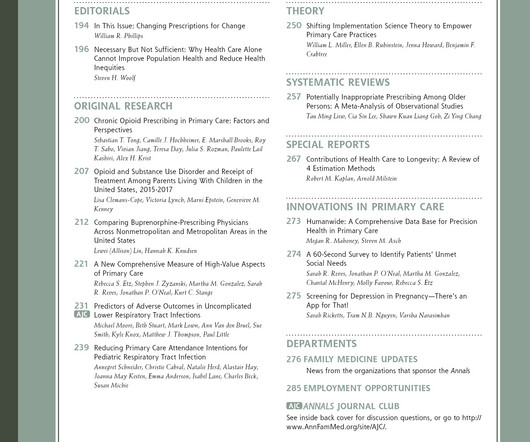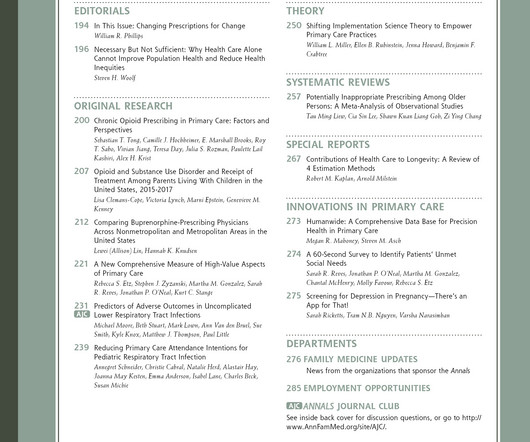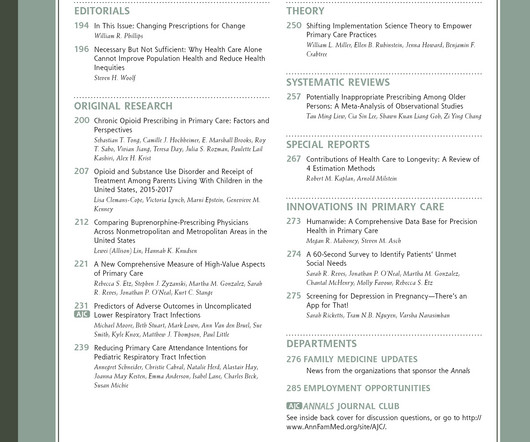Differences in primary care utilization by primary care availability in the first year of Virginia Medicaid Expansion [Health care disparities]
Annals of Family Medicine
NOVEMBER 20, 2024
Study aesign and analysis: Multilevel linear probability models used to test the association between primary care utilization and geographic accessibility of primary care providers (PCP) after controlling for demographic characteristics, medical conditions, rurality, and neighborhood-level racial and economic segregation. PP; p=0.017).











Let's personalize your content